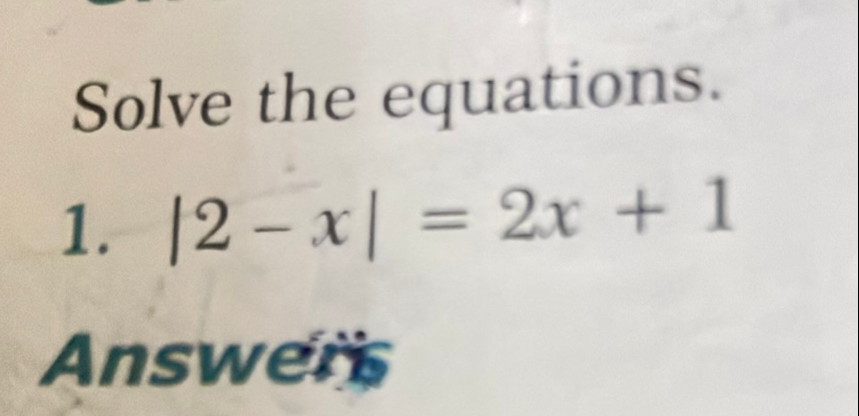AI tutor
Full solution
Q. Solve the equations.
- Understand absolute value equation: Understand the absolute value equation.The absolute value of a number is its distance from zero on the number line, regardless of direction. Therefore, can be either or , depending on the value of . We need to consider both cases to solve the equation .
- Set up two equations: Set up two separate equations to solve, one for each case of the absolute value.Case : Case :
- Solve first case: Solve the first case.Move all terms involving to one side and constant terms to the other side.Now, divide both sides by to solve for .
- Solve second case: Solve the second case.Move all terms involving to one side and constant terms to the other side.
- Check solutions: Check both solutions in the original equation to ensure they do not result in a negative inside the absolute value equaling a positive number, as this would be a math error.For :This is true, so is a valid solution.For :This is not true, so is not a valid solution.

